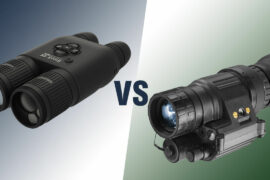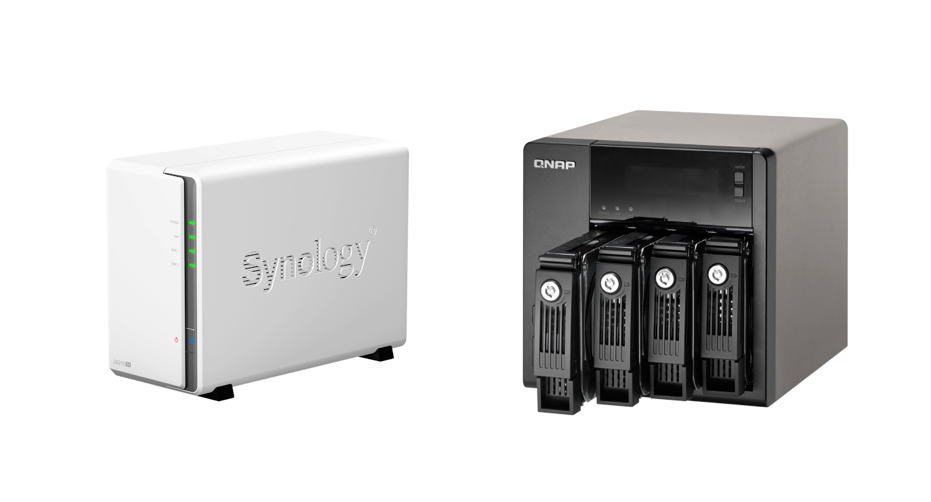Since ancient times, people have looked with envy at what animals have. It may sound wild. But nature has been our most powerful generator of ideas for discoveries for centuries. It may have all started with hunting when people wanted to get food. However, he had neither agility nor sharp claws. So he began making weapons. By the way, she used to fight predators or animals twice her size from the same bones. She also suffered from a lack of heat. She learned how to make fire and, thus, use the fur she obtained by hunting the same animals. For centuries, man has been thinking about being able to fly or swim long distances through the water like a fish. And nowadays it is not a problem. Just buy a ticket, and you will be wherever you want to be in a short period.
And there are many more examples. But today, we will talk about supervision, which people are not naturally endowed with. However, he has the most important advantage over all other creatures – intelligence. It’s hard to say what inspired humans to create optical devices that expand our ability to see objects far away from us, day and night. However, today it isn’t easy to imagine some areas of human activity without such an indispensable assistant as binoculars or monoculars.
Let’s discuss the difference between them and what should be preferred today.
What are Binoculars?
Binoculars are portable optical devices designed to be viewed with two eyes simultaneously. They consist of two identical tubes, each of which has a separate optical system. This design provides the effect of a three-dimensional image during observation and also allows you to observe as naturally as possible without closing one eye.
The predecessor of modern binoculars was the spyglass, invented in 1608. This is a unique device with a system of lenses that allows you to observe distant objects with one eye. The spyglass was used mainly by sailors, who expressed dissatisfaction with the distortions of the object when magnified. Considering these wishes, Galileo Galilei modified the device and combined two spyglasses into one device. With the help of binoculars, the image is transmitted to the brain from two retinas at once, significantly reducing distortion.
Nowadays, this device and the modifications it has undergone have a wide range of uses. And depending on this, it has a separate classification. This is how they are distinguished: sports, tourist, military, theater, astronomical, hunting and fishing, and others.
This classification indicates how diverse this device looks. They differ in shape, size, viewing angle, and multiplicity. After all, if you are sitting in the back rows of a theater, you will not enjoy the performance while watching the scene through military binoculars. The parameters and capabilities it has will be simply inappropriate there.
Binocular Advantages
It’s a misnomer to say that binoculars have any particular advantages that make them the best optical devices. Its most crucial advantage begins and ends with the fact that it is adapted to human anatomy. That is, you don’t squint one eye while looking at the object of observation. You look with two eyes. Of course, this will mean that you will receive more information. After all, two tubes are a wide viewing angle.
However, remember that everything depends on the price. You can buy a good monocular or scope with the characteristics you are interested in optics. And they will be much more efficient than bad binoculars, but for the same price.
This device can be both good and bad. It depends on how much money you have and what criteria you pay attention to when choosing a device.
Let’s consider the phenomenon of multiplicity. This indicator determines how much “closer” the object of your observation will be to you. For example, a bird sitting 100 meters from you will look like it is 10 meters away when viewed through 10x binoculars. The higher the magnification, the closer the object is to you. However, as the magnification increases, the comfort of observation decreases. The image starts to “jump” at the slightest movement. Therefore, in such cases, it is advisable to use a tripod, for example, to fix it securely.
The entrance aperture, or diameter of the lens’s front lens, determines the amount of light that participates in image formation. The larger the diameter, the better the image in the binoculars. It is also worth paying attention to the binoculars’ ability to transmit light, which affects the loss of light as it passes through the lens glass; in this case, additional light scattering directly affects the quality of the image you see as a result.
In the technical characteristics of binoculars, there is such a thing as a field of view width. And here, its maximum performance is achieved due to the two observation channels. In contrast to the actual area of view, the visual field of view is the angle formed by the lines connecting the eye pupil with the extreme points of the image built by the optical system in the device. Accordingly, the visual field of view is larger than the actual field in proportion to the device’s magnification.
The quality and advantages of an optical device will be directly affected by the materials from which it is made, affecting its performance. Its body must be durable to withstand emergencies such as bad weather or mechanical stress. And, of course, it should be flexible to customize it to your eye position.
What are Monoculars?
The structure of a monocular is similar to that of binoculars and spyglasses. The difference lies in the size and shape. A monocular is much smaller and more compact than a telescope, but at the same time, it has less power and multiplicity. With binoculars, the main difference is that you can observe with only one eye, and the viewing angle is smaller. This device has an objective lens, an eyepiece, and a prismatic, rotating system. It is most often used for tourism and fishing.
When choosing this optical device, you will pay attention to all the parameters we mentioned earlier. Namely, the multiplicity, eyepiece diameter, lens coating, diopter adjustment, material, and degree of protection from the external environment.
In addition, it will be essential to pay attention to its dimensions. And this primarily depends on the prismatic structure of the device. There are two ROOF or PORRO. The first one is more compact. This is because the lens and eyepiece in the ROOF system are on the same axis, and in the PORRO system on different axes.
Monocular advantages
The main advantages of a monocular are its mobility and cost. Of course, this small optical device will be more suitable for tourism and fishing. But if there are no other options, it will become an indispensable assistant during hunting. After all, it takes up little space. For a reasonable price, you can buy a good monocular that will perfectly perform the functions you need while being made of high-quality material and not afraid of moisture and mechanical damage. In addition, you can look for additional functions, such as recording the subject of your observation. Do it in the dark if necessary, as the market offers night-vision monoculars.
What Is The Difference?
We have repeatedly emphasized that these two optical devices perform the same function – bringing the subject of your observation closer to you from a distance. These are indispensable devices, especially when hunting or observing wildlife or in the military, where your primary task is to remain invisible, not to frighten the wildlife or humans.
Of course, binoculars will satisfy these needs much better than a monocular or a spotting scope. And the reason for this is its design, thanks to which you use two eyes for observation.
In addition to the basic parameters and characteristics we mentioned earlier, an essential factor that may also influence your choice may be the presence or absence of additional features such as a rangefinder and compass.
As the name implies, a rangefinder allows you to measure the distance to a specific object; however, the methods of such measures may vary. The simplest and most common option is a measuring grid visible through glasses; rangefinders are inexpensive and operate without batteries. On the other hand, the procedure for using them could be more convenient, as it requires knowledge of the object’s dimensions used for measurement and the ability to apply specific formulas. Active laser rangefinders are more convenient: with such a device, it is enough to point the binocular reticle at the target and press a button – the rest will be done automatically. Their main disadvantage is the high price; the laser also requires a power source.
Monoculars are only sometimes equipped with a compass for several technical reasons. A compass can be helpful for orientation, especially when you are far from civilization, for example, during a hiking trip or hunting. It is usually made on a separate scale with an arrow mounted on the top of the case; usually, such models are professional, and the built-in compasses are as accurate as ordinary tourist compasses. And in the most advanced devices, the compass scale is superimposed directly on the image visible through the glasses, which is very convenient when determining azimuths to individual objects.
The solution to other issues will depend on your needs and the optical device’s purpose. If you are observing at a short distance, it makes no sense to overpay for a fancy device when you can buy a compact monocular everywhere you can take with you. If the situation requires long-term observation, clearer image quality, and a high magnification function, it is undoubtedly better to buy binoculars not to strain the visual system.
Of course, it will be pretty tricky for a beginner to decide so that later you are okay with the money spent. Unfortunately, when we choose such equipment, there is nothing definite. You can buy binoculars at a more or less reasonable price, but they will perform much worse than monoculars from the same price segment and have only a portion of their characteristics. Therefore, this is trite but quite logical advice that you should use to consult with more experienced people in this matter.
In general, these are all the main differences between these optical devices. Whatever you buy, you should be careful about the equipment itself and learn how to take advantage of all the benefits it can provide you.




